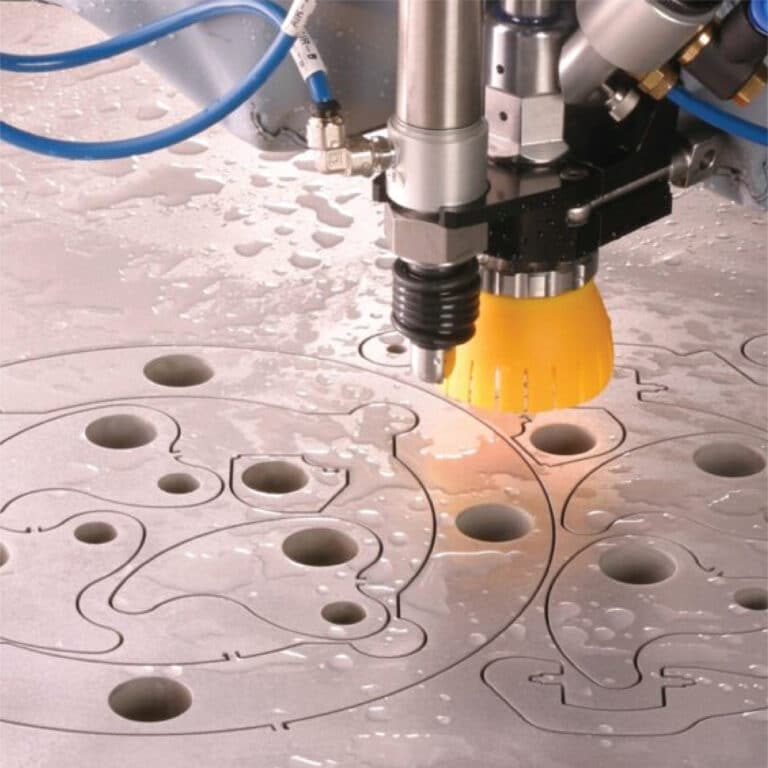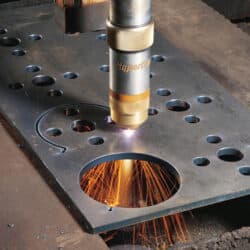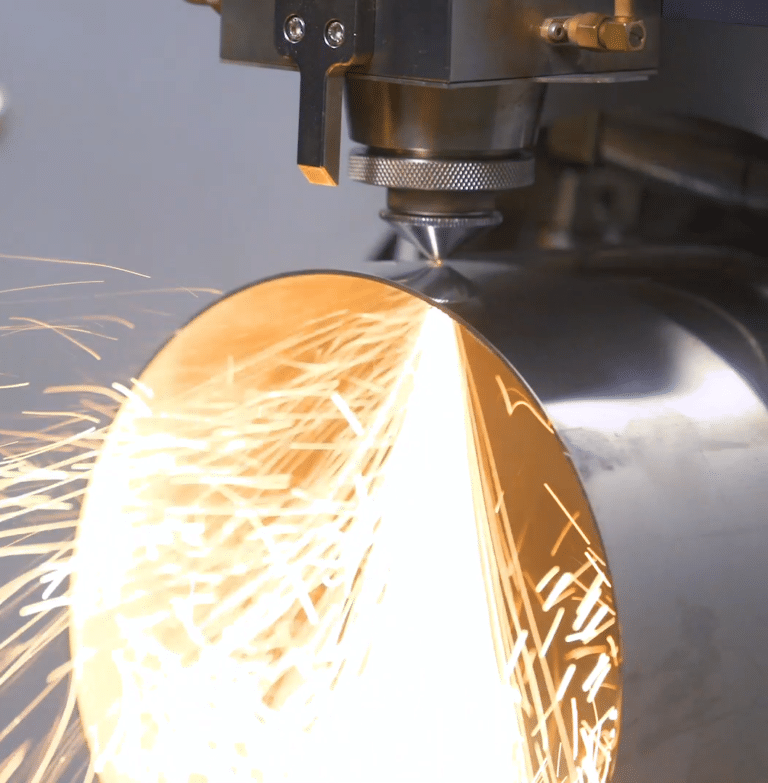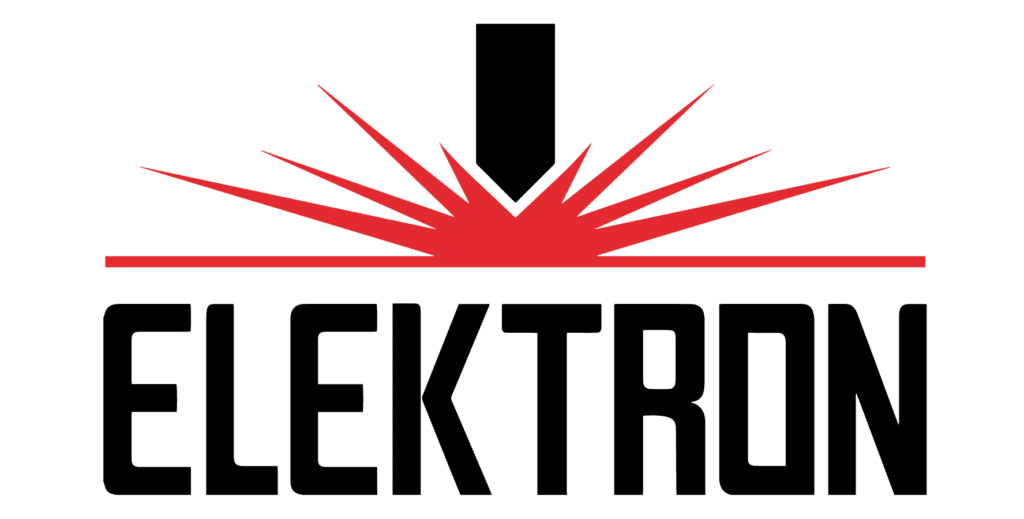Metal is one of the most fundamental raw materials in modern production. Metals and their alloys are used in almost every branch of industry, ranging from areas such as construction, metallurgy, or the automotive industry, to less obvious ones, such as furniture, decorating, or IT. Therefore, the metalworking industry is growing faster than any other, and specialists and scientists are outdoing each other in new methods of cutting, bending, grinding, and forming metal parts. In today’s article, together with Elektron experts, we will deal with metal cutting and consider which are the most popular methods of metal cutting today.
What is worth considering when choosing a cutting method?
Metal cutting is one of the most important and most frequently used methods of metal processing. Because it is one of the key issues in the context of the production of steel structures, there are many different methods of cutting, using other elements and technologically advanced equipment. When selecting the appropriate method, you should take into account at least several factors. Among the most important, we can mention:
- experience of the person dealing with the cutting,
- type of material,
- The result we plan to get
- The thickness of a given metal element,
- The required level of precision,
- The specificity of a given order
Metal cutting methods can be divided into three main types
- Cold cutting: no need to heat the material.
- Hot cutting – i.e. using high temperatures,
- A combination of the previously mentioned methods.
Types of metal cutting methods
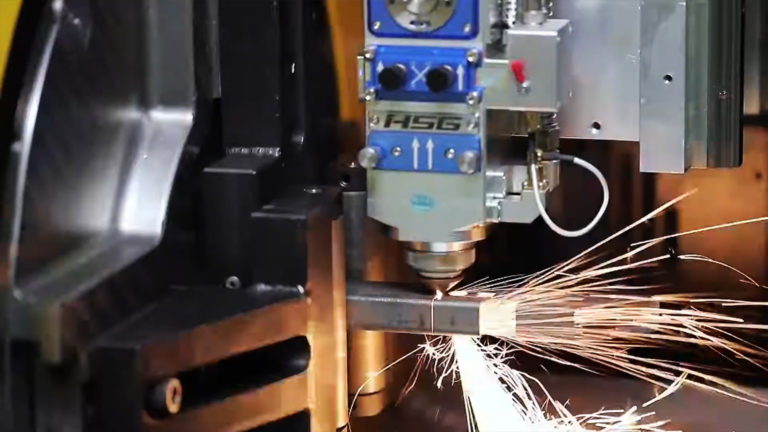
- Cutting Cutting
- Laser Cutting
- Thermal Cutting
- Plastic Cutting
- Water Cutting
